SUNDAY PROFILE: Pat Offord - Lismore Botanic Gardens founder
Liina Flynn
04 April 2020, 8:15 PM
 Pat Offord.
Pat Offord.If you still haven’t heard – Lismore has a Botanic Gardens – and they are located on Wyrallah Road, near Lismore’s recycling and waste facility.
While the Lismore Botanic Gardens are currently closed due to the global pandemic, the plants are still growing beautifully.
One of the garden’s founders, Pat Offord, shares her story of how the gardens came to be, as she prepares to retire from an active role in managing Lismore’s botanic legacy.
When Pat Offord moved to Lismore in 1992 and realised there wasn’t a Botanic Gardens here, she took steps toward building one.
After more than two decades of working with Friends of the Lismore Botanic Gardens, Pat is retiring from her active role as curator and is keen for someone else to step into her shoes.
As a younger woman, Pat always had a love of plants and animals. She studied botany and zoology at University in Sydney, graduated as a science teacher and went on to work in high schools.
“I always used to take students to the Botanic Gardens in whichever city I was in,” Pat said.
“When I moved to Lismore, I was teaching Richmond River High School students and realised there was no botanic gardens here.
“When I retired in 1996, I saw a committee had been formed to look at establishing some and I joined a core of people who were looking at potential sites for the gardens.”

Palm Gully at the Lismore Botanic Gardens.
Beginnings at the waste facility
After looking at many sites - most of which the group couldn’t afford - in 1998, Lismore City Council offered land alongside the waste facility.
“It had good bush land with some native species on it and we decided to start it there,” Pat said.
“We started the Friends of the Botanic Gardens group and created a master plan for the gardens and started clearing weeds on the site.
“We got a lot of ticks on us, but we got to know each other – and those friendships you have for the rest of your life.
“With a small grant from council, in 2002, we had enough money to buy plants and had 30 people help on our first planting.
“Council helped prepare the area along road, and you can see the original plants on the left when you drive in now.
“We persuaded council to provide a gardener who helped us, and we created a system of dividing up the gardens into rooms, with a path running down middle. Our aim was to plant rainforest trees that occur within 200kms of Lismore.
“We got to know local nurseries and Mark at Firewheel Nursery, who is experienced in the propagation of plants, became a mentor and suggested plants we should order.
“Then our committee grew and we had other positions come up, including a position for a curator, whose role is to work out what plants we have to get – and to keep records of all plantings since 2002.
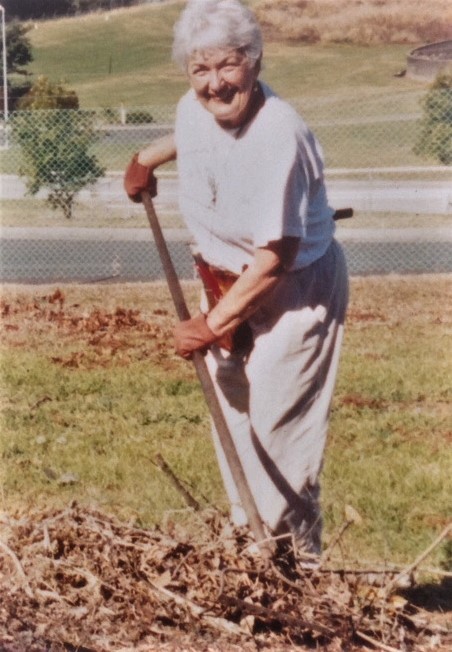
Pat working at the Lismore Botanic Gardens.
Garden rooms
“Each room in the garden has a focus. One room has all the species growing in the Wilson Park reserve, some have sub-tropical rainforest species, and some gardens are devoted to families of plants.
“One special garden is the rare and threatened species garden. It’s on a hill with terraces. If scientists want to come get specimens and cuttings, they can contact us.
“Sometimes people visit from other gardens and universities who are researching rare species.
“The sensory garden is fairly new and has been developed with coloured flowers with perfumed leaves or that have characteristics which attract people and make them feel peaceful.
“We need to replant them regularly because some plants only flower once or twice. It’s peaceful and quiet there – plants have senses too and some move their leaves or their petals close, and we talk about them and how they communicate with their environment.
“We also inherited a hoop pine forest that covers a whole hill. At the top is a bell from an old church and a maze. It’s a popular walk, and now we have guides who take people there once a month and stay for cuppa afterwards.

Volunteer jobs and members
“Besides the people that plant, water and keep records of plants, we have another team of men who love building seats, sheds and nurseries. The Wednesday work day is popular and we often see mostly women weeding and men building things, but we all come together for morning tea.
“Since we started in 2002, it’s amazing to see the change from early days of the site being an old unused paddock to now having bridges over creeks, and rocks and paths.
“There’s a nursery up on the hill at the back of the gardens. On Tuesdays, people propagate native plants – and we sell some surplus plants to the public – so there’s a job for everybody.
“The only condition we have if you want to help is that you join the Friends of the Botanic Gardens so you are covered by insurance.
“We also have open days where people are welcome to come along. It’s good for kids too and we have special places children can plant small plants.
“We don’t allow horses, dogs and cats, and council deals with foxes. So, dog walkers can’t bring dogs, as they would frighten wild wallabies and the koalas that live in the eucalyptus forest there.
“The area is a haven for wildlife, and birdwatchers come in regularly and see so many birds in the trees.”
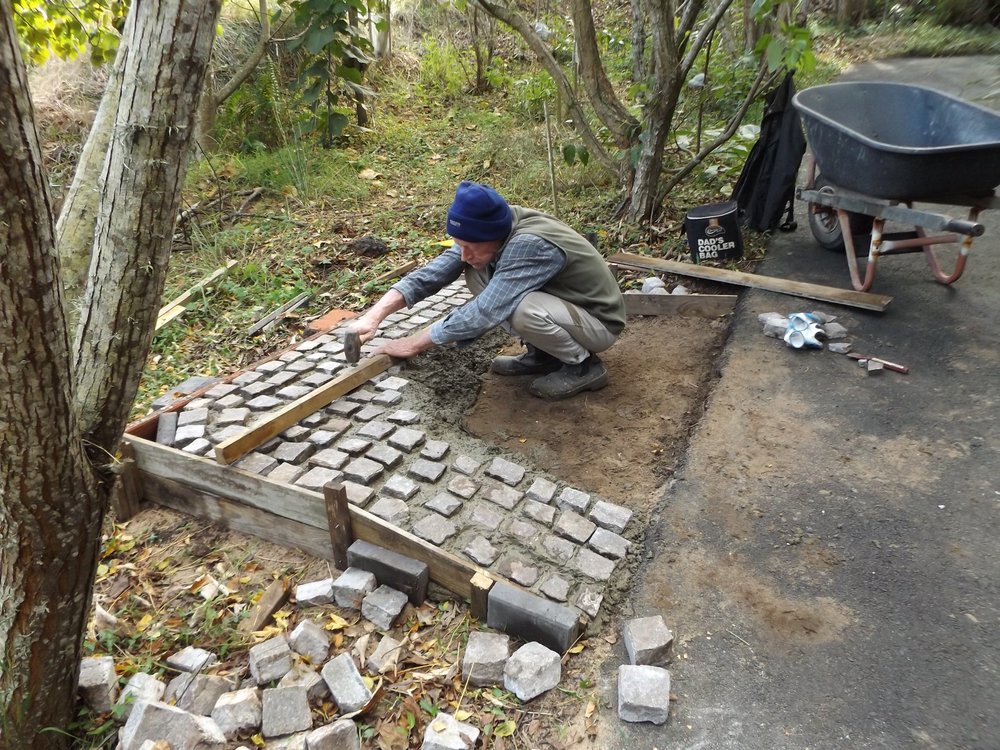
Volunteer working at the Lismore Botanic Gardens.
Transformation
Establishing a botanic gardens next to a waste facility might seem a bit strange, but over the years, the transformation which has occurred is major.
“There are big trees along the border between the waste facility septic ponds and there’s only a whiff occasionally if the wind is blowing strongly,” Pat said.
“The ponds are still occupied with birds and council has also put in a eucalypt forest near the road which helps shield the gardens from offensive smells.
“Some people turned their noses up because of the area we established it in, we didn’t have the millions needed to set up in another location.
“The site also has natural creeks with lots of birds and animals.”
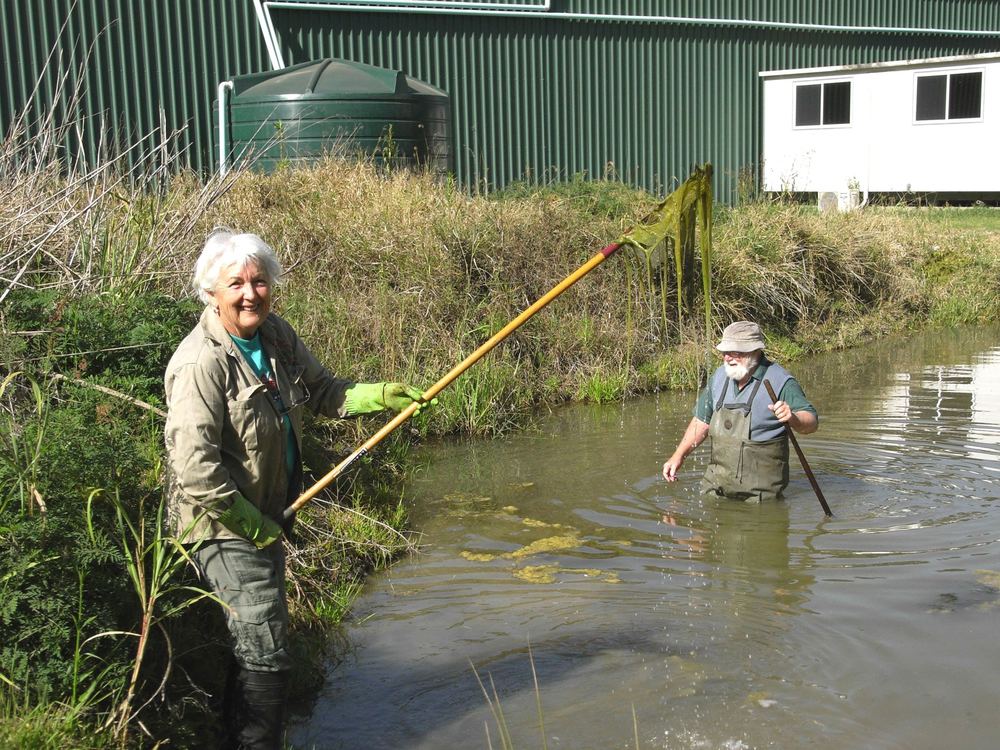
Pat cleaning the pond.
Fond memories
“I remember cleaning the dam when it got clogged up with bulrushes and falling into slimy water,” she laughed.
“I’ve enjoyed working with all the people there and have fond memories of what we did in the early days.
“We all played a part and formed a family of people who love to work with plants and I’ll miss the friendship and arguments about where to put plants.
“But it’s the pride I admire – they are all proud of that they’ve achieved and worked for – and I’m proud of them."
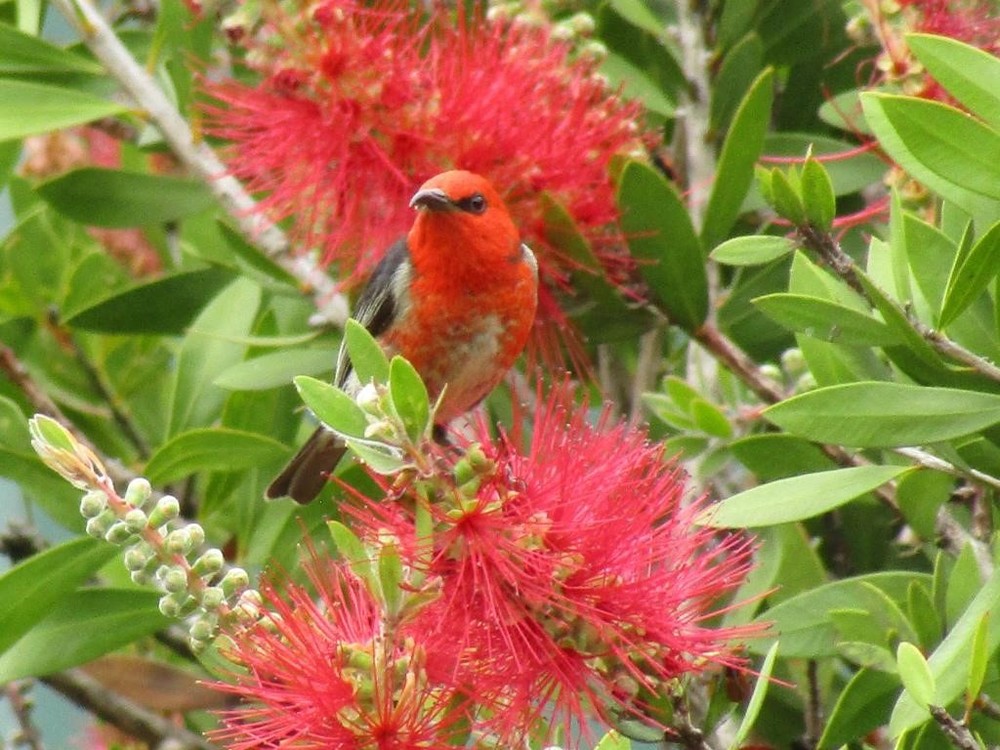
Birds abound at the Lismore Botanic Gardens.
Curating
Pat’s favourite plants are lilly pillies, banksias, flannel flowers and coastal heath plants. Despite knowing a lot about plants already, Pat said as the Lismore Botanic Gardens’ curator, she’s learned a lot about sub-tropical species.
“As the curator, I needed to keep the records and learned a lot more about plants I’d never seen before – researching flower colours in books. It’s a perfect job for a retired person,” she said.
As Pat prepares to move out of the Lismore area to live closer to her family in Sydney, she is looking for someone to take over her role as curator.
“If you learn quickly and enjoy researching, we are looking for a somebody who hopefully has a background plant classification and can keep records,” she said.
“It’s an interesting job. You don’t have to look at a plant and know what it is - you can use the help available from books and the knowledgeable people helping out in the garden.
“The curator has two other people working them – one takes a GPS reading of the plant’s location and the other enters the records into the database.
“If a plant dies, the curator reorders that plant species. We don’t lose many plants now, because the gardens are well established. In the height of the drought, some of the plants we planted in the last two years were affected, but we replaced them in springtime.”
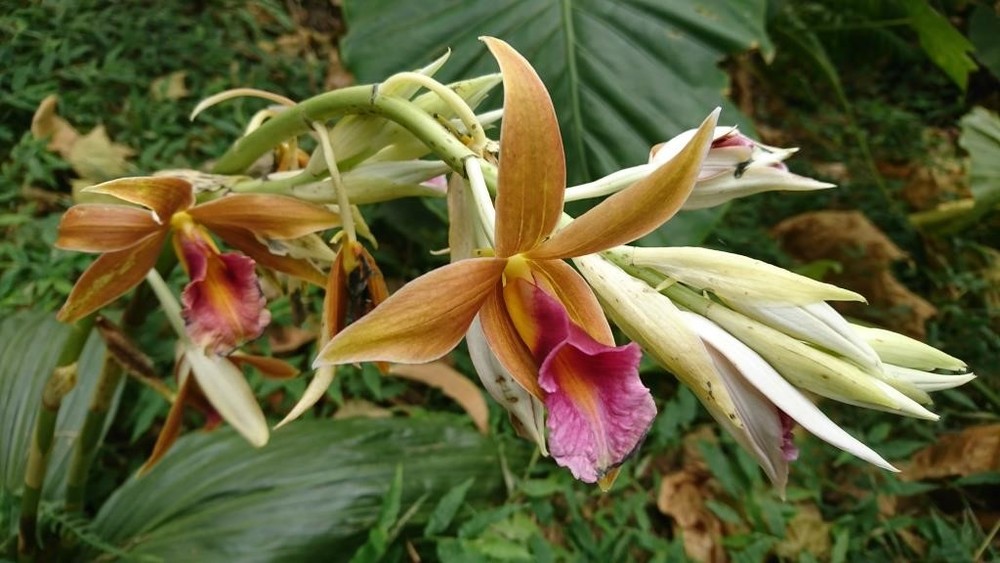
Captain Cook memorial garden
Pat said the Friends of the Lismore Botanic Gardens applied successfully to establish a garden to commemorate the 250th anniversary of Captain Cook’s visit to Australia. Again, work on this garden has been postponed until after the pandemic lockdowns are lifted.
“Captain Cook brought two botanist with him and we have records of what they saw in Australia because they kept specimens and made drawings that are now in the Australian Museum,” Pat said.
“They stopped in Botany Bay in Sydney and saw flannel flowers, wattles and bottle brushes.
“They came up the coast and noted bangalow palms on the shoreline at Byron Bay, but didn’t . They noticed the natives going up a hill, who weren’t interested in a ship. Then they went up the Queensland coast and had an accident at Endeavour River where a reef put a hole in boat ad they stopped to repair it.
“They saw warrigal greens - native spinach and Cook kept his soldiers fed on it and avoided scurvy.
“We are planning on planting banksias, little violets, wild geranium, bottle brush, hoya vine and flannel flowers – among the 20 species in this special garden.
“We’ll also have kids’ so children can learn to identify plants in gardens.”
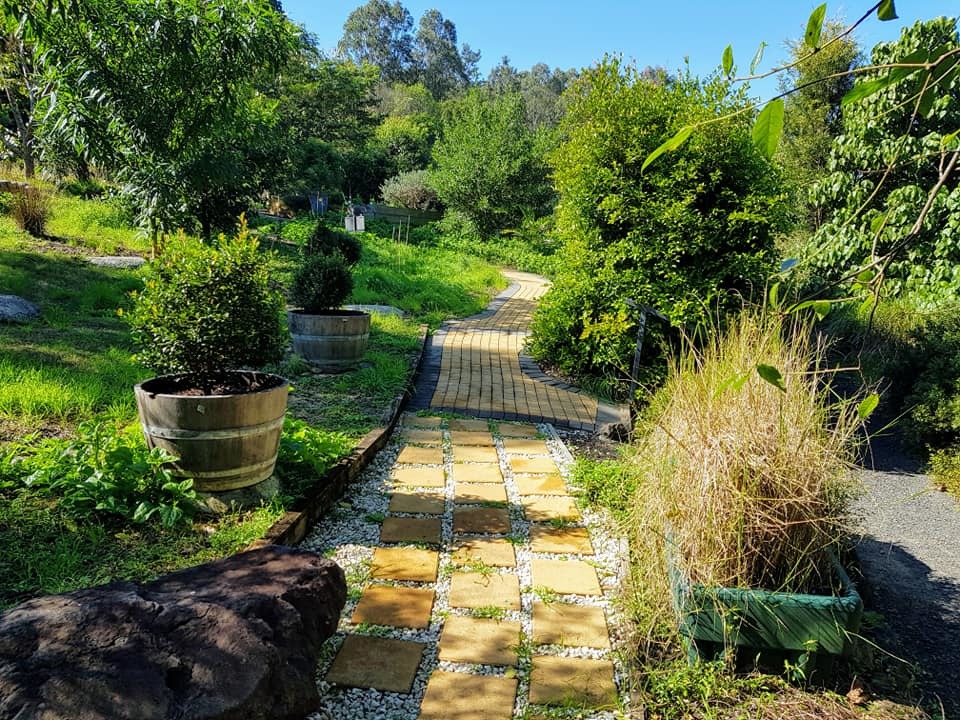
Future
The Friends of the Lismore Botanic Gardens have received a grant of $25,000 from the NSW government towards the building of accessible toilets at the visitor's centre.
The design was prepared by Ben De Nardi and will be built by BT sheds, once normal operations resume post-pandemic restrictions.
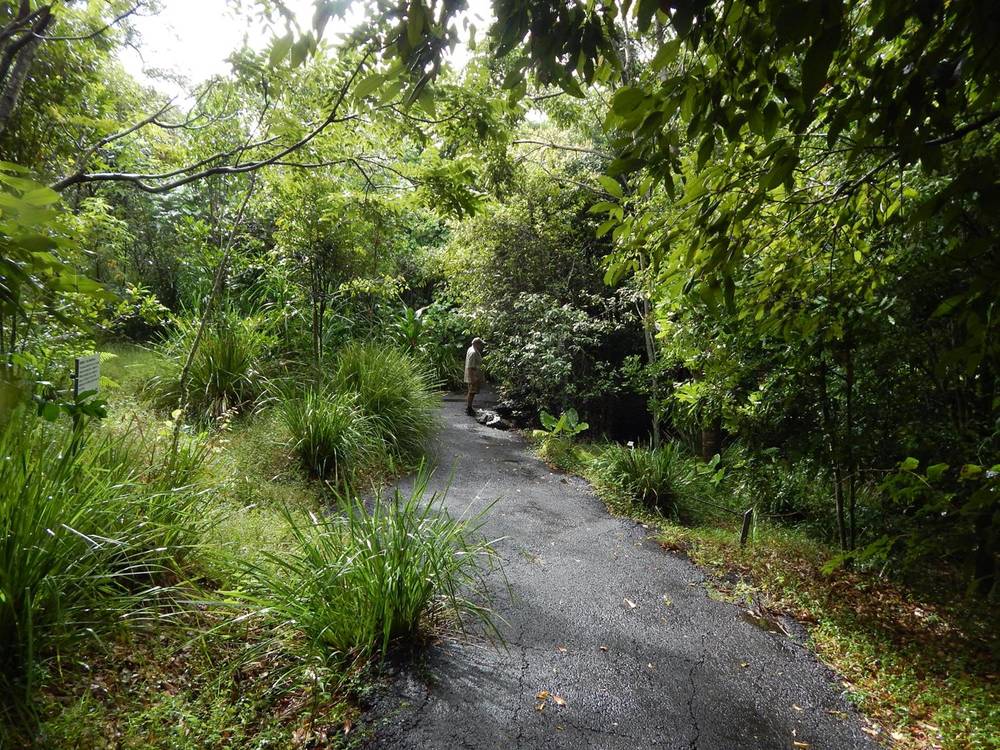
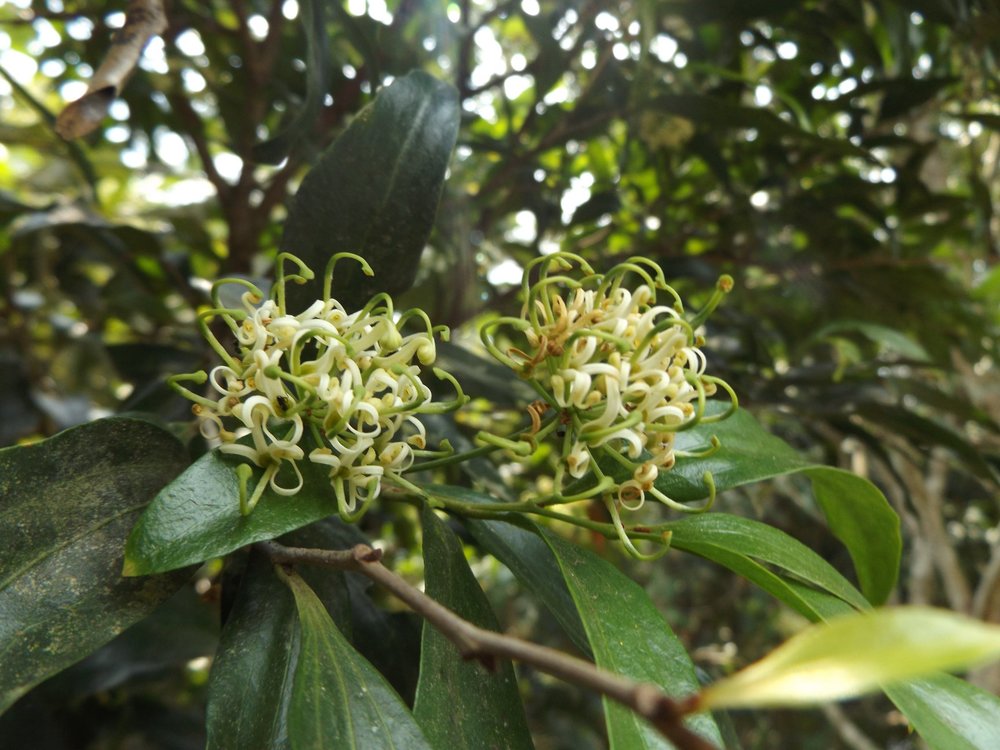
SHOP LOCAL
